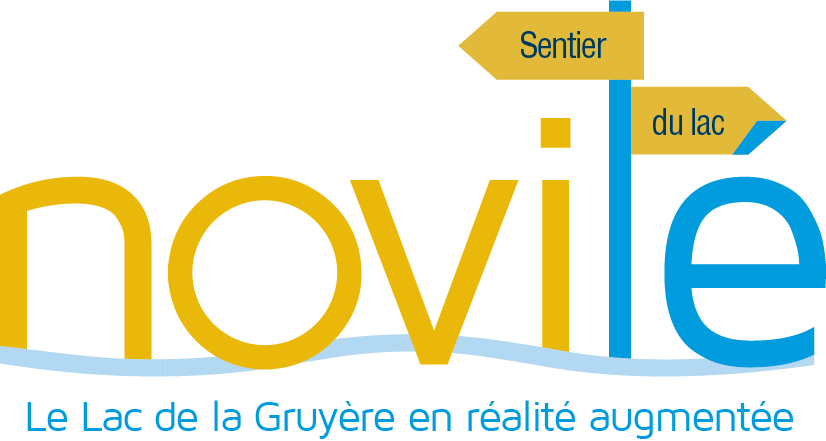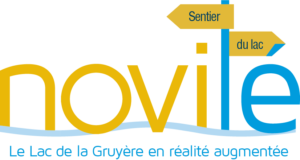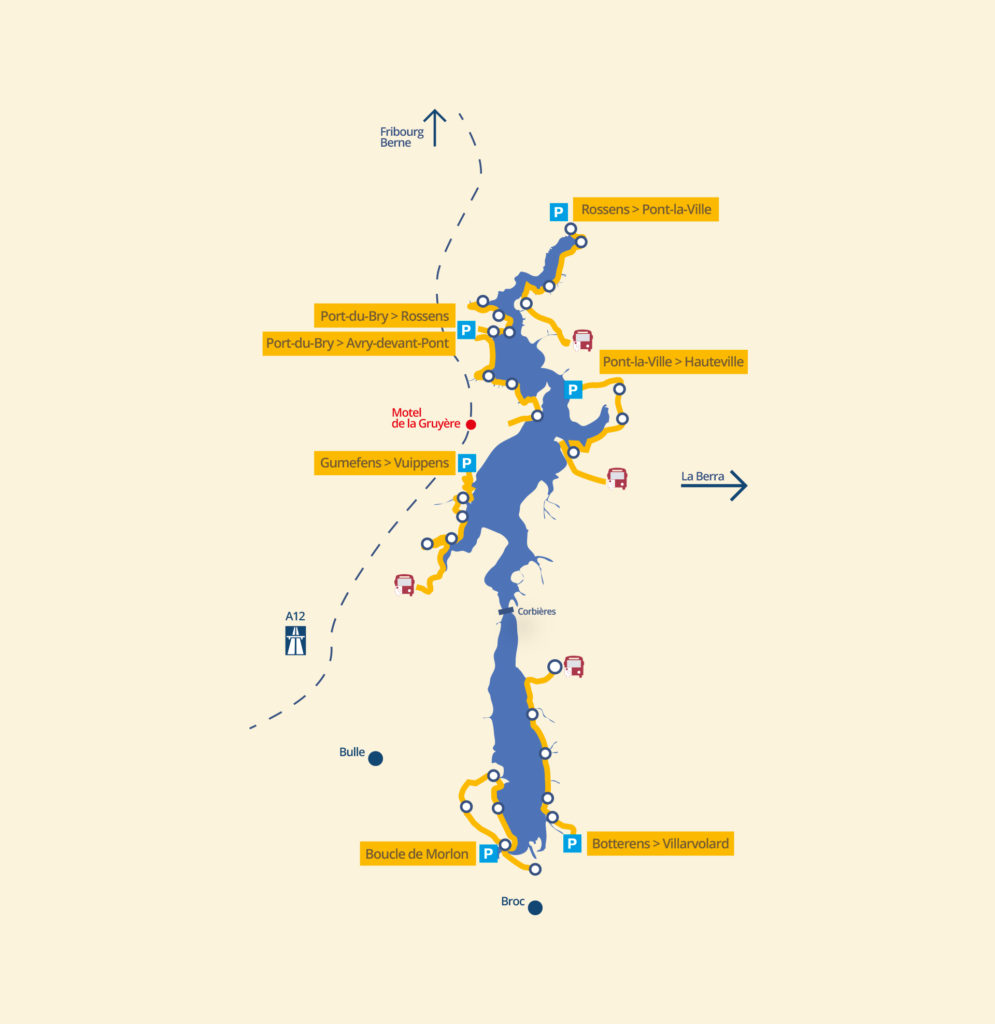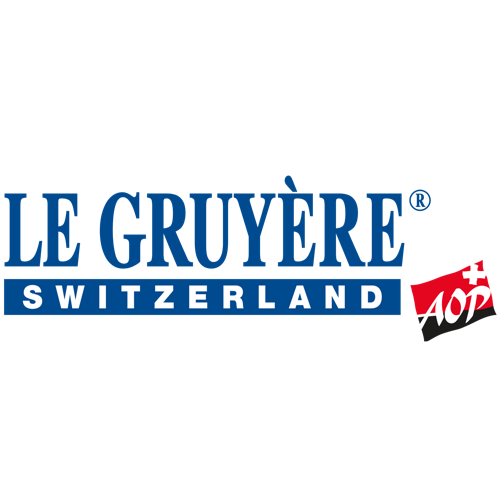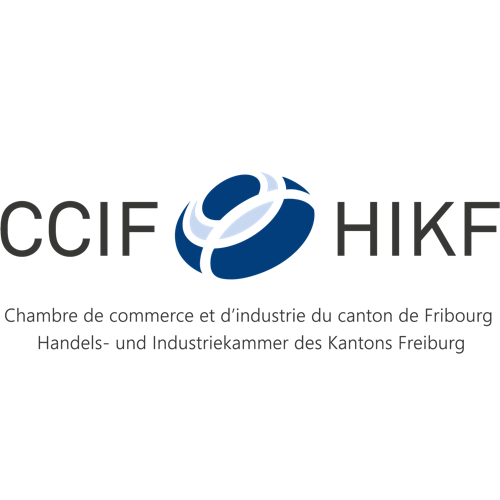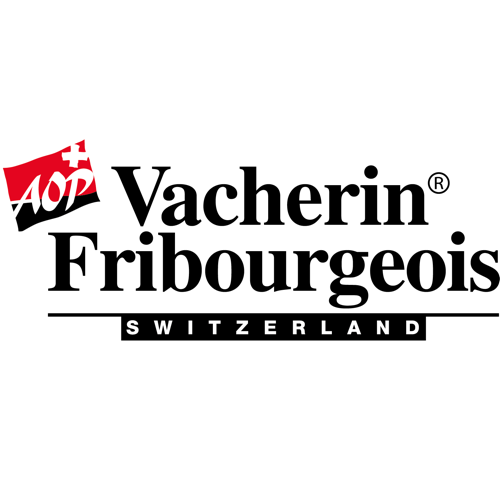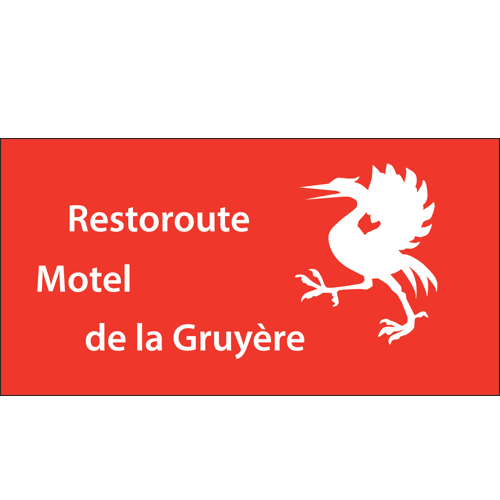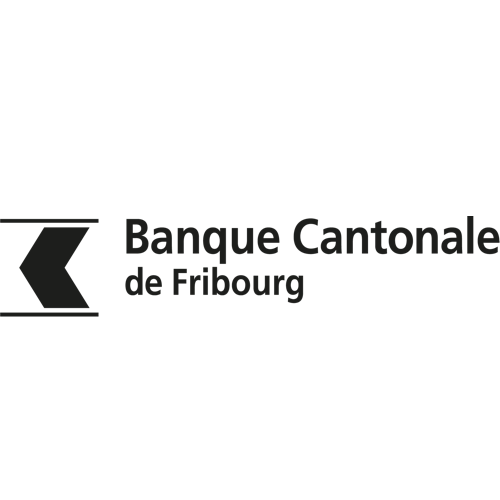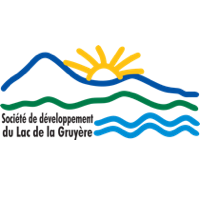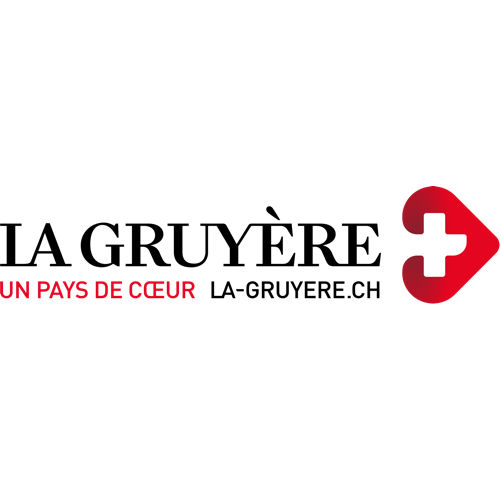novilé is a fun digital trail for exploring Lake Gruyère in a totally innovative way.
The Lake tour is divided into 7 walks, which each include between 3 and 5 information signs. What’s more, you can download an app to enjoy activities full of surprises. It will give you all the practical information you need to discover them and you can also use it to take part in a treasure hunt.
……And where there’s a treasure hunt, there’s treasure. So without further ado, let’s get going !
